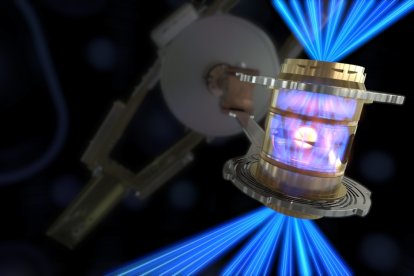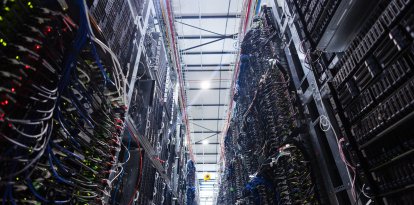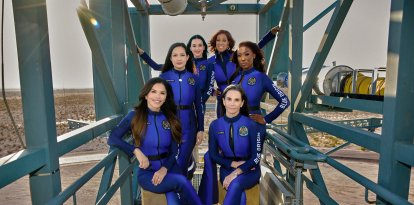Historic U.S. announcement on cold fusion: "Unlimited, cheap, clean energy"
California's Lawrence Livermore Laboratory unveiled groundbreaking advances in fusion energy.

Haz de rayos láser / LLNL.
Although the news had leaked to the Financial Times on Monday, the Lawrence Livermore National Laboratory (LLNL) in California finally made the long-awaited announcement official: U.S. scientists achieved a fusion reaction that is expected to generate a net gain of unlimited, cheap and clean energy. This is a breakthrough that could start to leave fossil fuels inthe past.
"This is an announcement that has been decades in the making. On December 5, 2022, a team from the Lawrence Livermore Laboratory will make history by achieving fusion ignition," the Department of Energy, which funds the development and research center in question, posted on its Twitter account. He added, "This breakthrough will change the future of clean energy and America's national defense forever."
"The pursuit of fusion ignition in the laboratory is one of the most important scientific challenges ever tackled by humankind, and achieving it is a triumph of science, engineering and, above all, people," stated the Dr. Kim Budil director of the Lawrence Livermore Laboratory.
What is nuclear fusion all about?
Nuclear fusion is the energy of stars. It consists of the collision of two hydrogen atoms to create a helium atom. The process generates a large amount of energy. The sun produces energy thanks to nuclear fusion, but it does so because it has a temperature of 15 million degrees, and a fuel imprisoned under an enormous gravity.
To create the ignition, 192 laser beams were used to deliver more than 2 million joules of ultraviolet energy to a small fuel pellet, 2 millimeters thick. As explained by LLNL, this is the most important and energetic laser system in the world, as it is the size of a sports stadium and creates temperatures and pressures like those found in the cores of giant celestial bodies.
Next targets in sight
Despite the jubilation generated by the scientists' discovery, there is still a long way to go before nuclear fusion can be used on an industrial and commercial scale. It happens that the laser system used is unique in its kind and the resources required to build it are very high. In addition, the reaction generated by the process often damages the equipment.
According to Kim Budil, the work to make this new method of energy production applicable on a large scale could take "decades." One reason is that machinery with the ability to affordably convert the energy released into electricity that can be retrofitted to the grid does not yet exist.
RECOMMENDATION





















